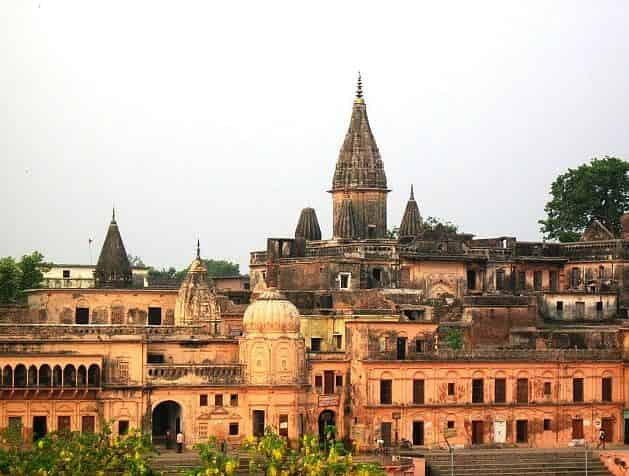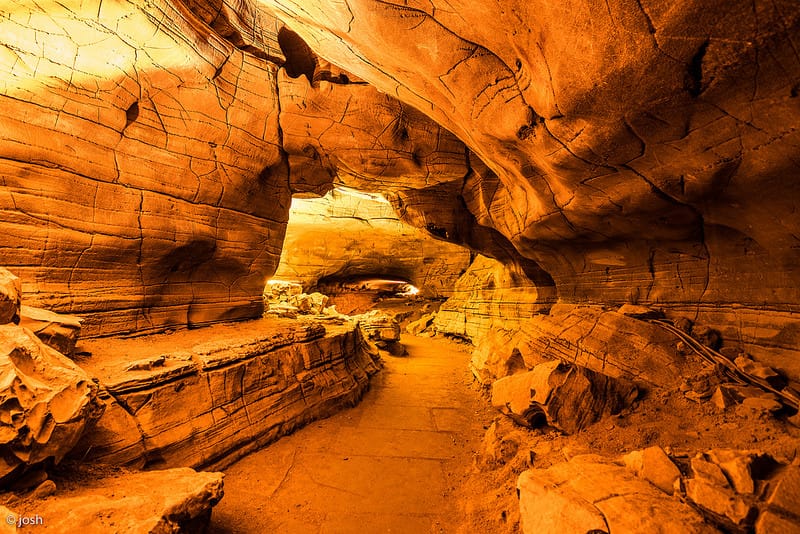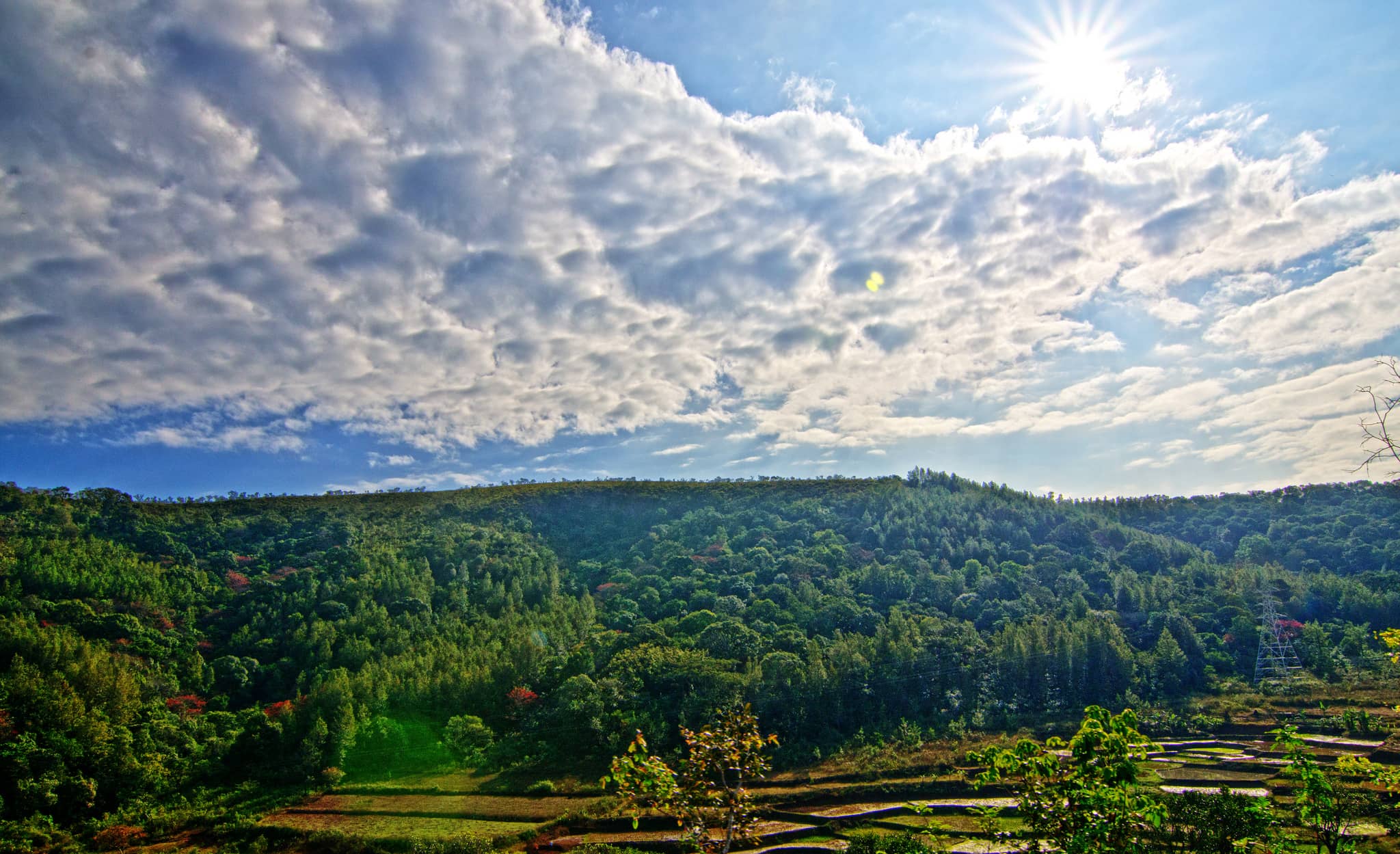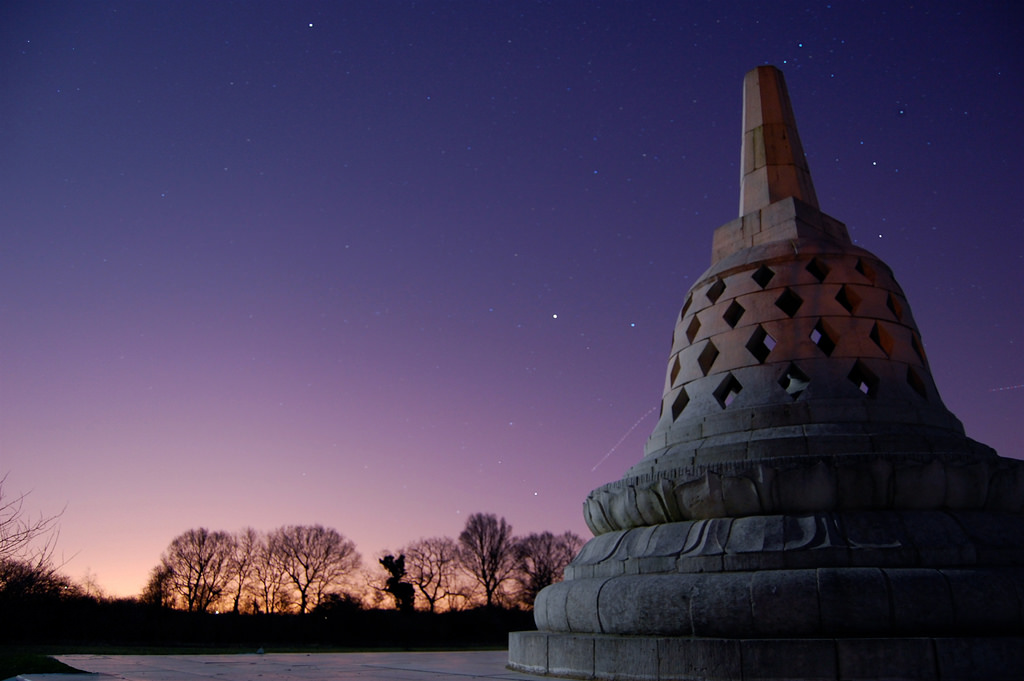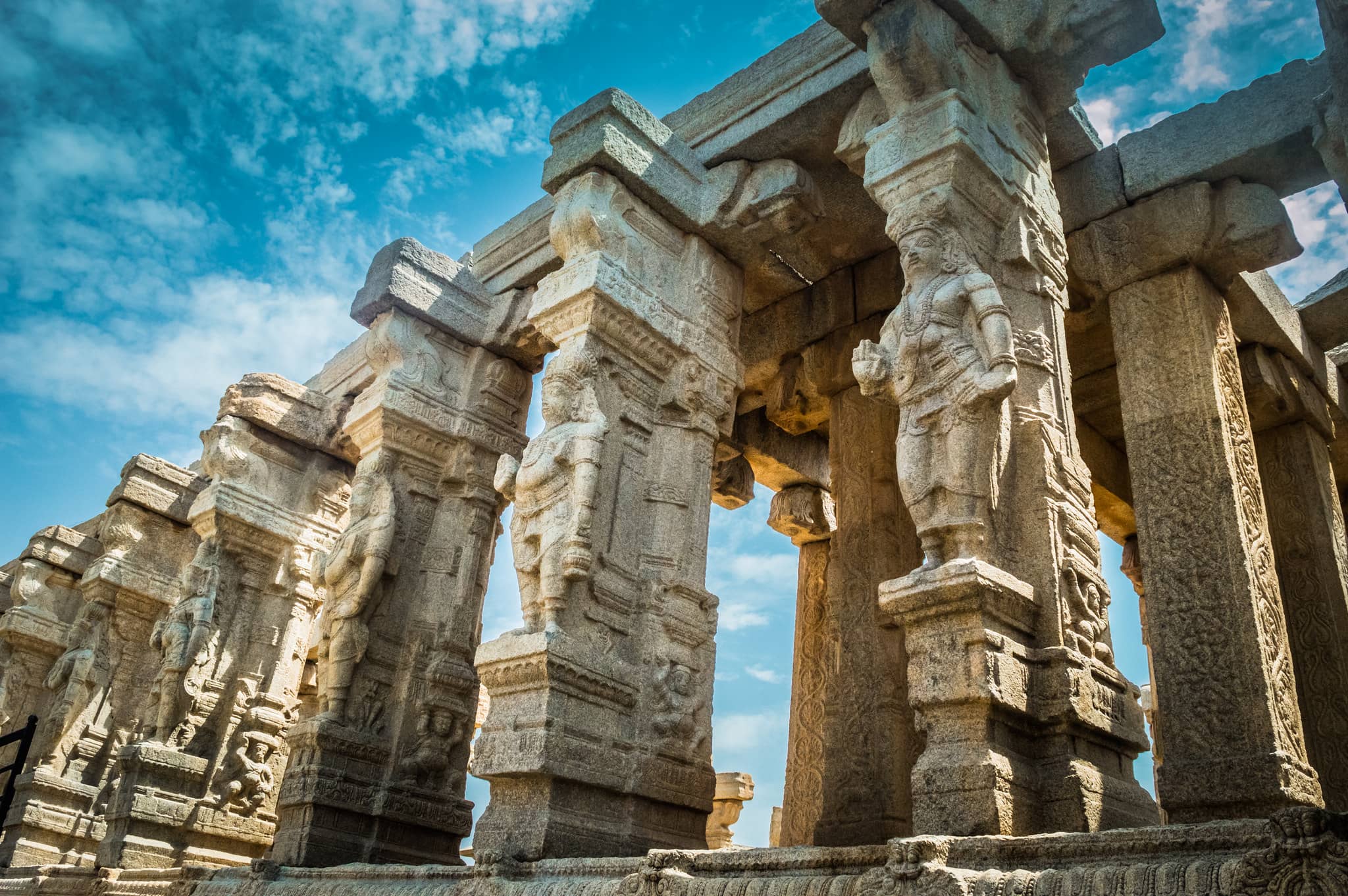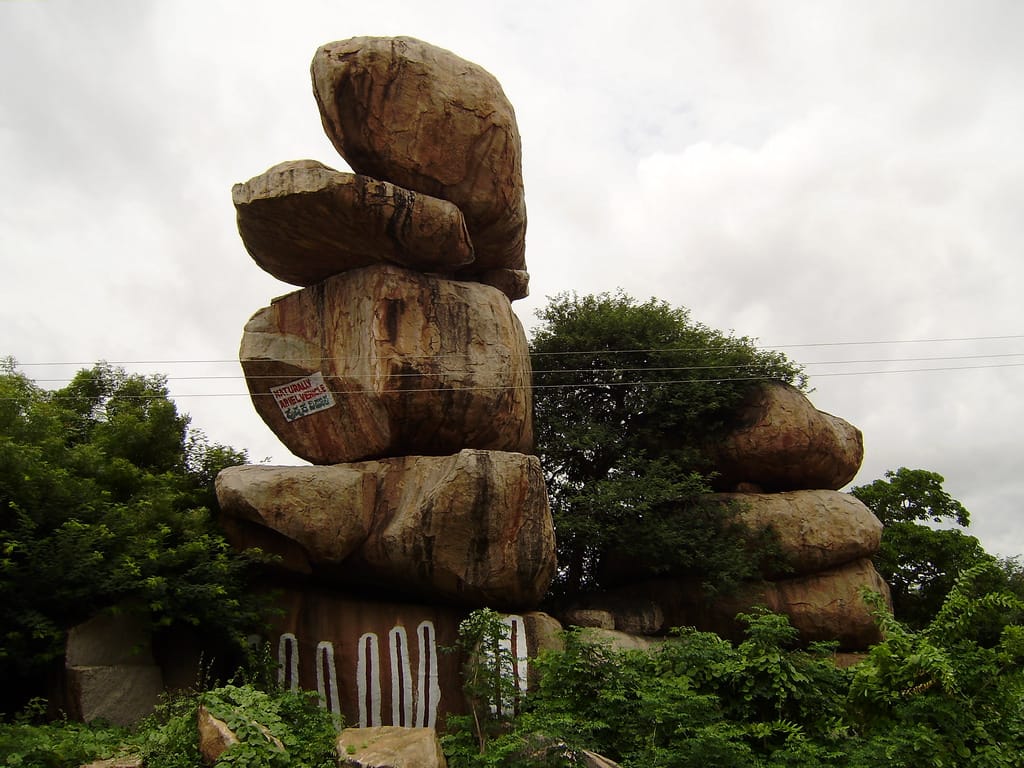Ayodhya, also known as Saketa in ancient times, is one of the oldest cities in India. It is believed to be the birthplace of Lord Rama and is also the main setting of the epic Ramayana. The city is located next to Faizabad in central Uttar Pradesh. In the past, Ayodhya served as the capital of the ancient Kosala Kingdom. It lies at an average height of 93 meters above sea level. Because of its connection to Lord Rama, it is considered one of the seven most sacred places for Hindus. There has also been a long-standing issue regarding the rebuilding of a temple dedicated to Rama at a disputed site.
places to visit in Ayodhya
Hanumangarhi
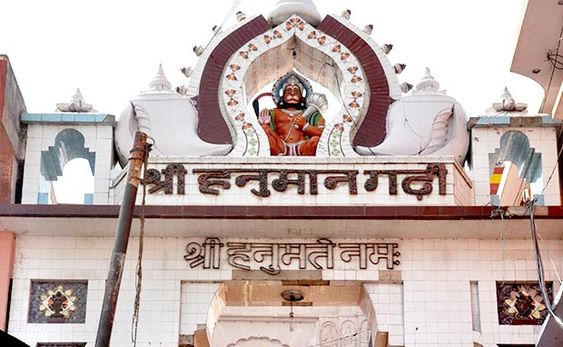
Hanumangarhi is a famous temple in Ayodhya dedicated to Lord Hanuman. Visitors have to climb more than 70 steps to reach the main shrine. It is one of the most visited Hanuman temples in North India. The temple is always lively with prayers and chants. Many believe that Lord Hanuman still protects Ayodhya from this spot. It holds great religious importance for devotees. Pilgrims come here in large numbers, especially during festivals.
Ram Janmabhoomi
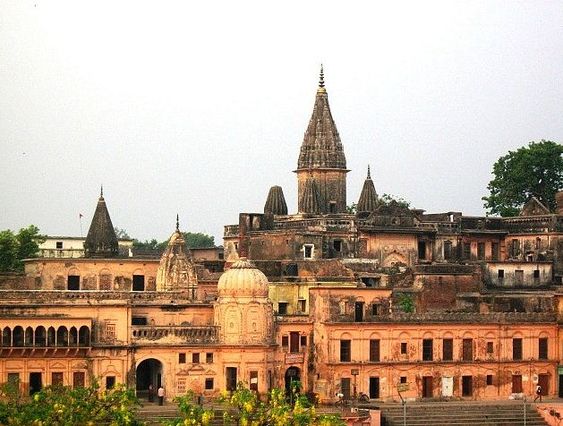
Ram Janmabhoomi is believed to be the birthplace of Lord Rama, the seventh incarnation of Lord Vishnu. This sacred site is located in the heart of Ayodhya. It holds deep spiritual value for Hindus across the world. The location has long been a major pilgrimage center. Many come here to feel closer to the life and legacy of Lord Rama. A grand temple is now being built at this holy spot. The area remains full of devotion and faith.
Kanak Bhawan Temple

Kanak Bhawan Temple is a beautifully designed Hindu temple in Ayodhya. The temple houses three main idols of Lord Ram and Sita. It has a large courtyard and an elegant outer structure. The temple is known for its bright colors and peaceful vibe. It is said to be a gift given to Sita by Queen Kaikeyi after her marriage. The temple is loved for its detailed decorations and divine energy. Many couples visit seeking blessings for a happy life.
Moti Mahal
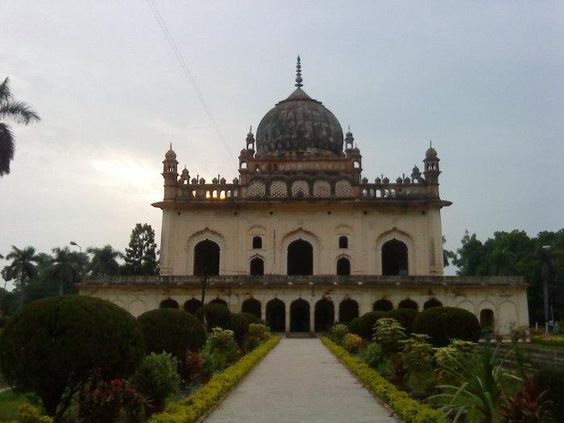
Moti Mahal, located in Faizabad near Ayodhya, is an excellent example of Mughal architecture. It was built in 1743 AD and was once the residence of the wife of Nawab Shuja-ud-daula. The structure is admired for its design, graceful arches, and calm surroundings. Tourists often visit to see its historic charm and take photos. The name “Moti” means pearl, reflecting its elegant appearance. It is surrounded by peaceful gardens. The palace is a quiet spot for history lovers.
Treta Ke Thakur
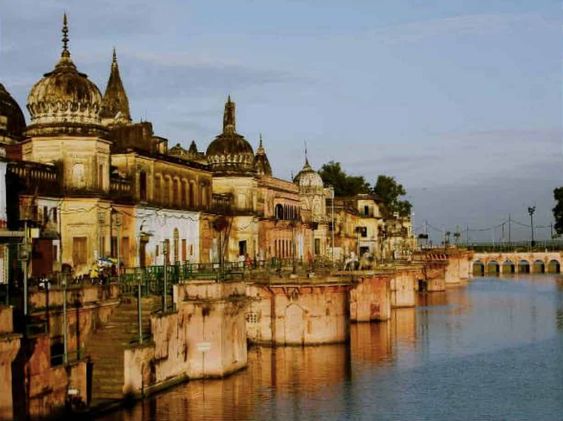
Treta Ke Thakur is an ancient temple located on the banks of the Sarayu River. It is believed that Lord Ram performed the Ashwamedha Yagya at this sacred site. The temple contains black stone idols of Lord Ram and his family. These idols are thought to be centuries old. The calm river view adds to the spiritual feel of the temple. Pilgrims come here to offer prayers and take a holy dip. The site is especially peaceful during early mornings.
Kanak Bhawan (Legend)
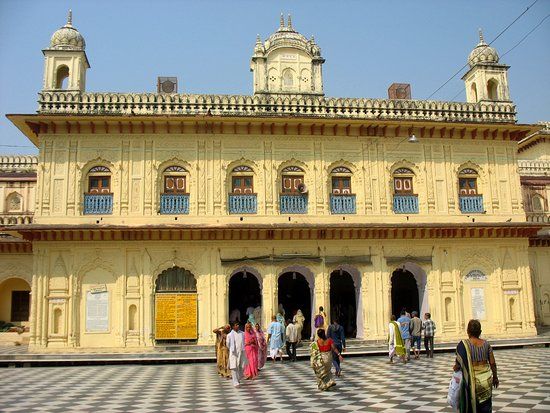
According to legends, the temple was built at the spot where Queen Kaikeyi gifted a palace to Sita. This was right after her marriage to Lord Ram. The temple, known as Kanak Bhawan, symbolizes love and royal blessings. It is richly decorated and full of life during religious events. The bond between Ram and Sita is beautifully reflected here. Visitors are drawn to its beauty and the touching story behind it. The temple is a must-visit for devotees and history lovers alike.
Guptar Ghat
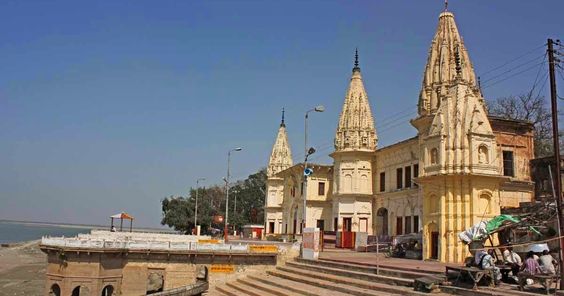
Guptar Ghat is a sacred riverbank in Ayodhya along the Sarayu River. It is believed that Lord Ram took ‘Jal Samadhi’ here, leaving his earthly form to enter the divine realm of Vaikuntha. The place is peaceful and has many steps leading to the water. Devotees come to take holy dips and offer prayers. The ghat is especially busy during religious festivals. Sunsets here are serene and beautiful. It is a deeply spiritual spot for many Hindus.
Gulab Bari

Gulab Bari, meaning “Garden of Roses,” is located in Faizabad near Ayodhya. It is the tomb of Nawab Shuja-ud-daula and features lovely rose gardens and water fountains. The monument is an example of Mughal-style architecture. Visitors come to admire its calm environment and floral beauty. The garden is perfect for peaceful walks and photography. It’s a quiet escape from the busy city life. The blend of history and nature makes it a unique attraction.
Mausoleum of Bahu Begum

The Mausoleum of Bahu Begum, also called Bahu Begum ka Maqbara, is an important historical site in Ayodhya. It was built in memory of Bahu Begum, the wife of Nawab Shuja-ud-daula. The structure stands tall with elegant Mughal design and beautiful domes. It is one of the tallest buildings in Faizabad. The monument reflects royal grandeur and timeless beauty. Visitors often come here to explore its quiet charm. It is surrounded by greenery and calm surroundings.
Nageshwarnath Temple

Nageshwarnath Temple is one of the oldest Shiva temples in Ayodhya. According to legend, it was built by Lord Ram’s son, Kush. The temple has images of Nagas (serpent beings) worshipping Lord Shiva. It is a place of great spiritual significance and devotion. Many visit during festivals like Maha Shivaratri. The peaceful surroundings make it a good spot for prayer and meditation. The temple reflects a mix of mythology and devotion.
Best Time to Visit Ayodhya
The best time to explore Ayodhya is from September to March. Summers, especially in May and June, can get quite hot, with temperatures between 28°C and 37°C, sometimes reaching up to 42°C. Though warm, the weather is still manageable for travel. Monsoon arrives a bit late but brings pleasant weather, with temperatures ranging from 22°C to 32°C—making it a good time to visit. Winter is the most comfortable season to visit, with cool temperatures between 8°C and 22°C and mild sunny days. During these months, you can enjoy sightseeing at Ram Janmabhoomi, Babri Masjid, and many other spiritual spots across the city.
